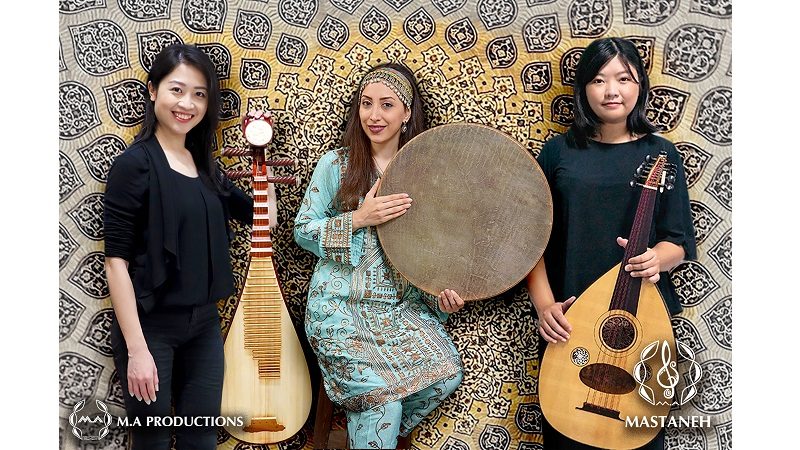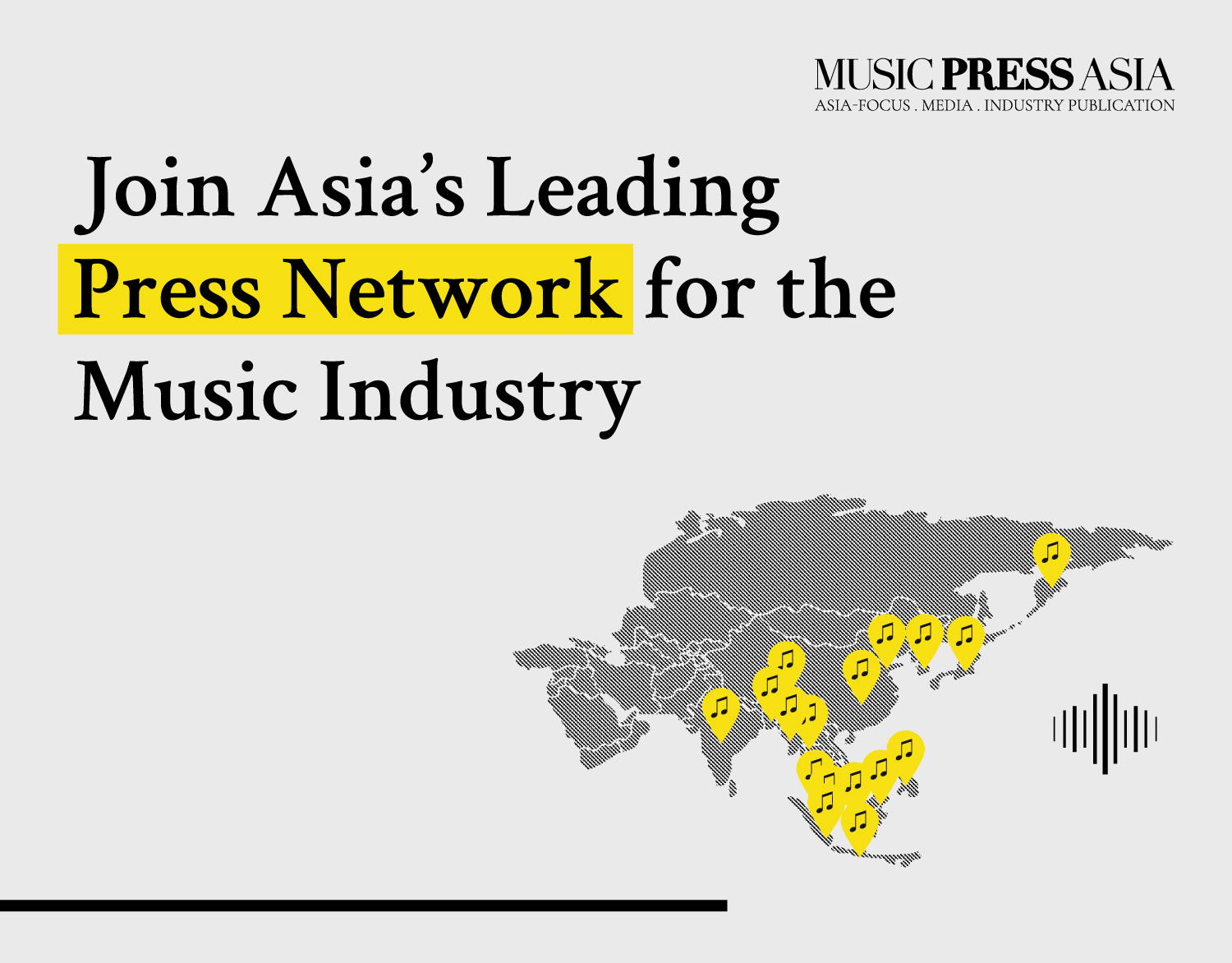A Performance Merging Two Civilizations 5/5
Interview: Mona Kaveh Ahangari and Ali Montazami (co-founders of M.A PRODUCTIONS) speak with Music Press Asia’s editor-in-chief Monica Tong to uncover the cultural influences of these traditional instruments and why it is important to keep them alive.
Interview: Mona Kaveh Ahangari and Ali Montazami (co-founders of M.A PRODUCTIONS) speak with Music Press Asia’s editor-in-chief Monica Tong to uncover the cultural influences of these traditional instruments and why it is important to keep them alive.

Return to the previous page
6. What are MASTANEH’s plans for the future? And why is it so important in the historical and cultural context that these instruments and their sounds are preserved?
MK Ahangari: Actually, music is an important part of each culture that must be preserved and also develop for the future. The cultural exchanges through music are something with a very long history including between China and Japan with Iran. For example, we see Iranian Barbat, Sorna, and Kamancheh have come to the East and transformed and merged to the culture here as Pipa, Sorna (Zorna), and Erhu. On the other hand, the culture and music of Iran also have been influenced by Eastern and other cultures. With MASTANEH and DAFSUN we have the honor of bringing Iranian music to Taiwan and the East for another time in history, not only for temporary festival performances but for making Taiwan a new home for Persian music and its fusional combination with Chinese music and culture in the future.
A Montazami: Preserving the cultural heritages such as traditional music from the past, and also growing the culture and music to create the worlds of the future, both are important missions for humanity. At M.A PRODUCTIONS in Taiwan with our two music bands of MASTANEH and DAFSUN and also our other cultural activities and productions, we try to deploy such an important mission. We are so honored to have the opportunity to permanently settle the Iranian music style in Taiwan but we will also move forward to make fusion music with a combination of the rich Iranian, Chinese, and aboriginal cultures of Taiwan together to create some new styles which may last for the futures’ generations.
7. Playlist recommendation: Where do we get more inspirational music similar to that of MASTANEH’s? Which Iranian or Chinese artist performances would you recommend for listening?
MONA: It is really hard to say because there are many famous musicians and beautiful songs in Iran. I may recommend to your readers to search social media to find the works by some very famous traditional musicians and singers such as Masters Mohammadreza Shajarian, Homayoun Shajarian, Hossein Alizadeh, Keyhal Kahore, the family of Kamkars, the family of Pournazeri, Sima Bina, Mohammadreza Lotfi, Ali Ghamsari, Yalda Abbasi, Sepideh Raissadat, Haleh Seyfizadeh and many many more. However, it doesn’t mean that non-famous musicians have not created great works. As for Chinese traditional musicians and songs, we are still at the stage of making more connections to this rich music and culture and to know more about it, especially with plans to compose Persian-Chinese fusion music in the future.
Click to return to the first page.
M.A PRODUCTIONS’ music band, MASTANEH, is scheduled to perform at the 2021 World Music Festival @ Taiwan Earth Stage on 30 October.
REFERENCES:
Ahangari, M. K. (2018, July 26). دفنوازان جم – مونا کاوه آهنگری-دف – Mona Kaveh ahangari- daf Navazane Jam. YouTube. Retrieved October 17, 2021, from https://www.youtube.com/watch?v=67T1igdB7c4.
Kishibe, S. (1940). The Origins of the Pipa. Transactions of the Asiatic Society of Japan. (Memoirs of the Toyo Bunko). Second series, vol. 19: 259-304.
Montazami, A., & Ahangari, M. K. (n.d.). M.A PRODUCTIONS. Facebook. Retrieved October 17, 2021, from https://www.facebook.com/M.A.Productions.TW/.
Myers, J. (1992). The way of the pipa: structure and imagery in Chinese lute music. Kent State University Press. ISBN 9780873384551.
Zhuang, Y. (2001). Pi Pa Shou Ce. Shang hai yin yue chu ban she.




